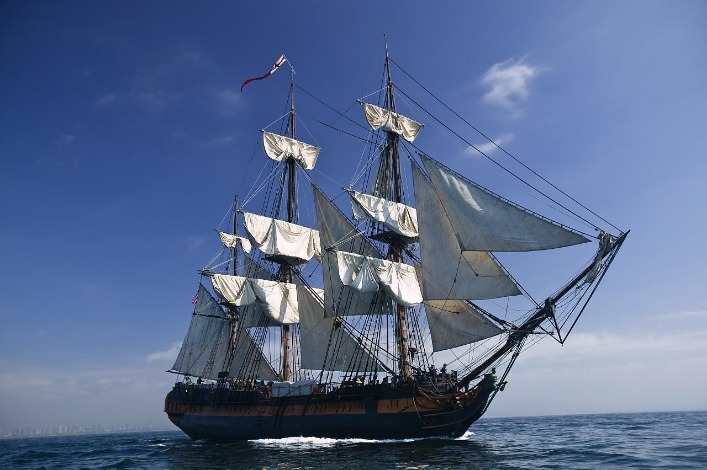For centuries, the historical sailing ship has stood as a symbol of adventure, exploration, and innovation. These majestic vessels played a crucial role in shaping the course of human history, connecting distant lands, and facilitating trade across the seas. From the sleek and elegant clipper ships of the 19th century to the formidable galleons of the Age of Exploration, these ships have captured the imagination of people around the world.
Read more about tall ship maritime history here.
The Evolution of Sailing Ships
Historical sailing ships have evolved over time, adapting to new technologies and innovations while still retaining their classic charm. The earliest known sailing ships date back to ancient Egypt and Mesopotamia, where they were used for fishing and transportation along rivers. As civilizations grew and expanded, sailing ships became larger and more sophisticated, eventually allowing for long-distance travel and exploration.
The Age of Exploration
One of the most iconic periods in the history of sailing ships is the Age of Exploration, when European powers set out to chart new territories and establish trade routes across the globe. Ships like the Spanish galleons and Portuguese caravels braved treacherous waters in search of riches and new lands, paving the way for the globalization of trade and commerce.
Notable historical sailing ships such as the Santa Maria and the Endeavour have become legendary for their roles in some of the most significant expeditions in history. These ships were not only marvels of engineering but also symbols of bravery and determination, carrying their crews across vast oceans to unknown destinations.
Despite the rise of modern shipping technology, the legacy of the historical sailing ship lives on in the hearts of sailors, historians, and enthusiasts around the world. These magnificent vessels continue to inspire awe and admiration, reminding us of the indomitable spirit of exploration and discovery that has driven human civilization forward for centuries.

